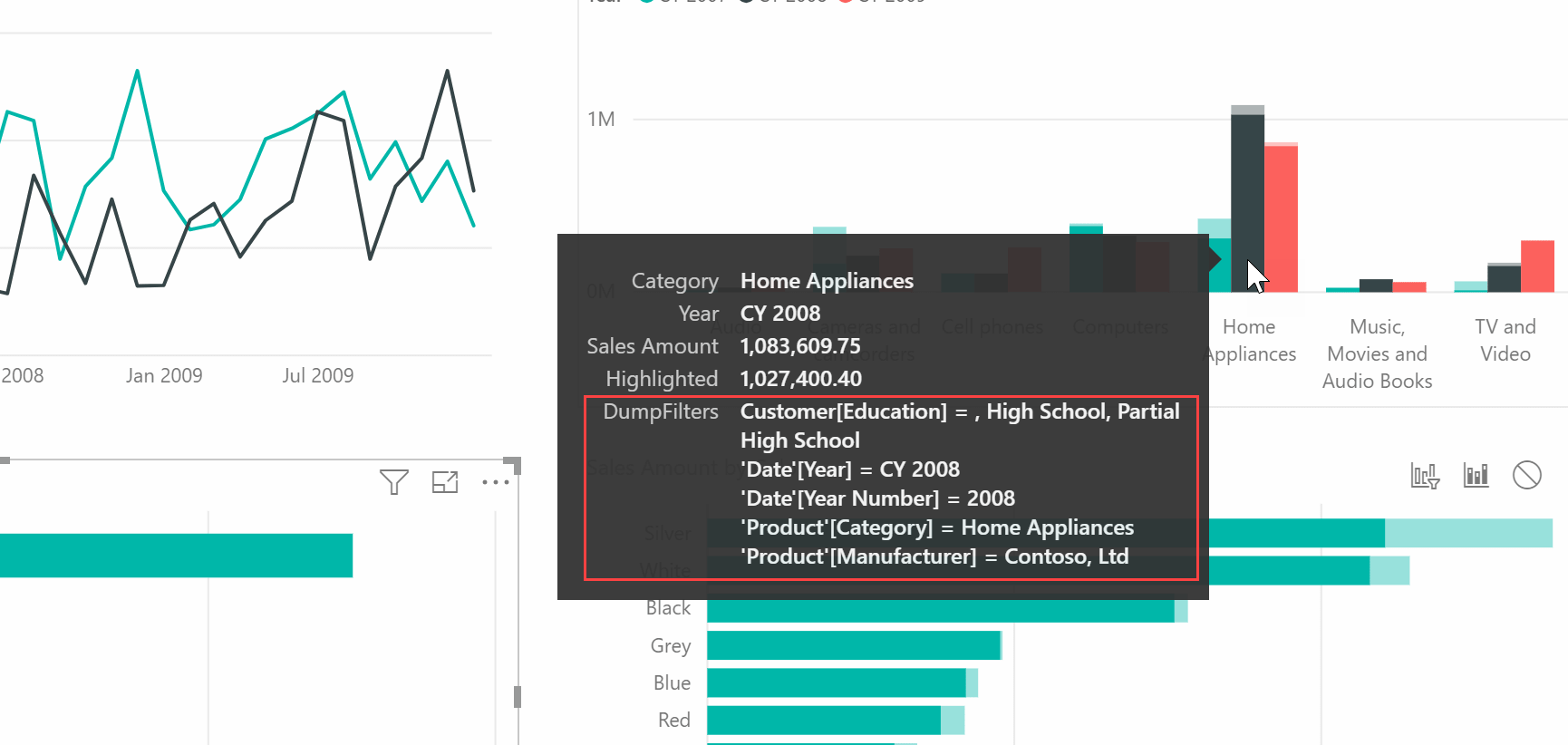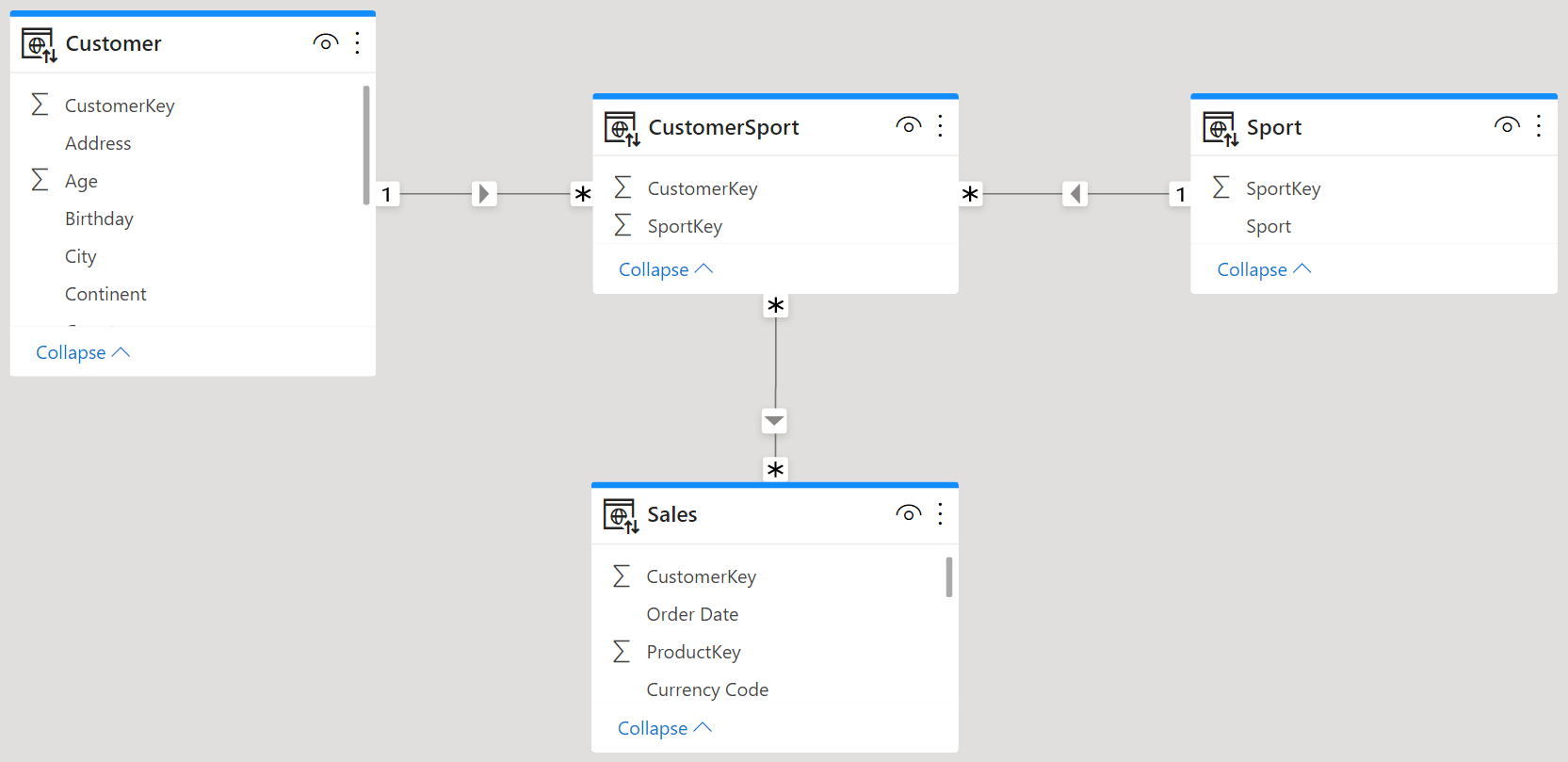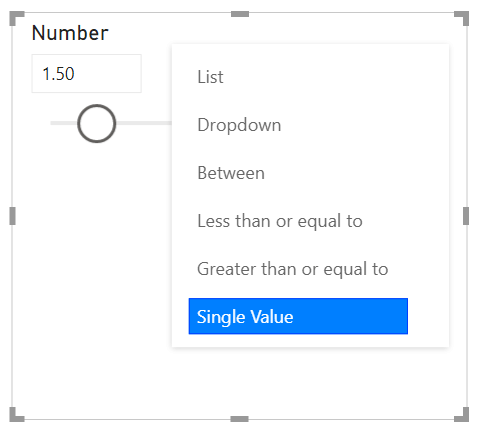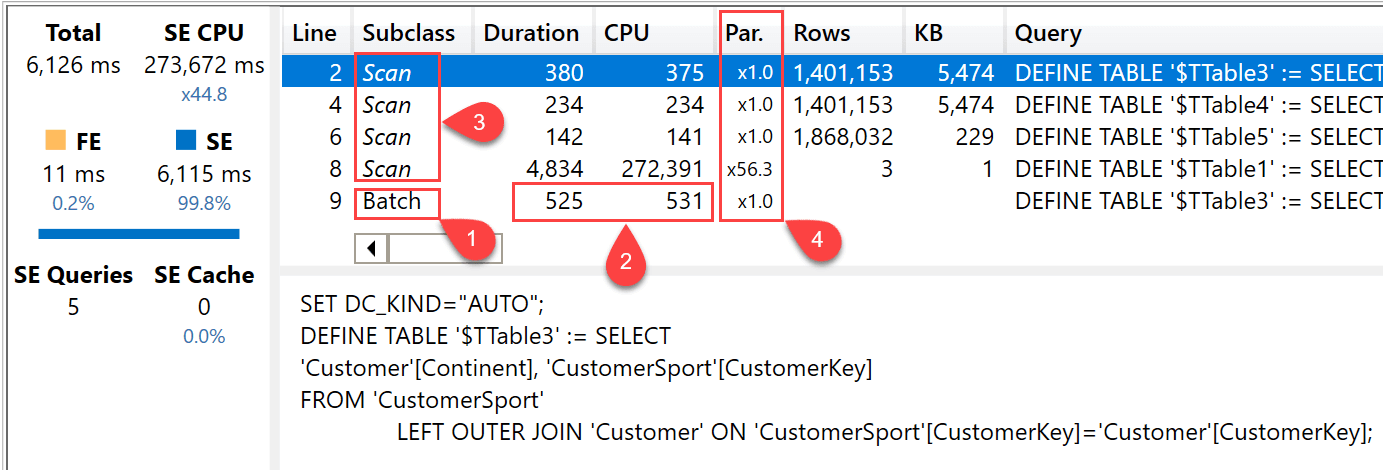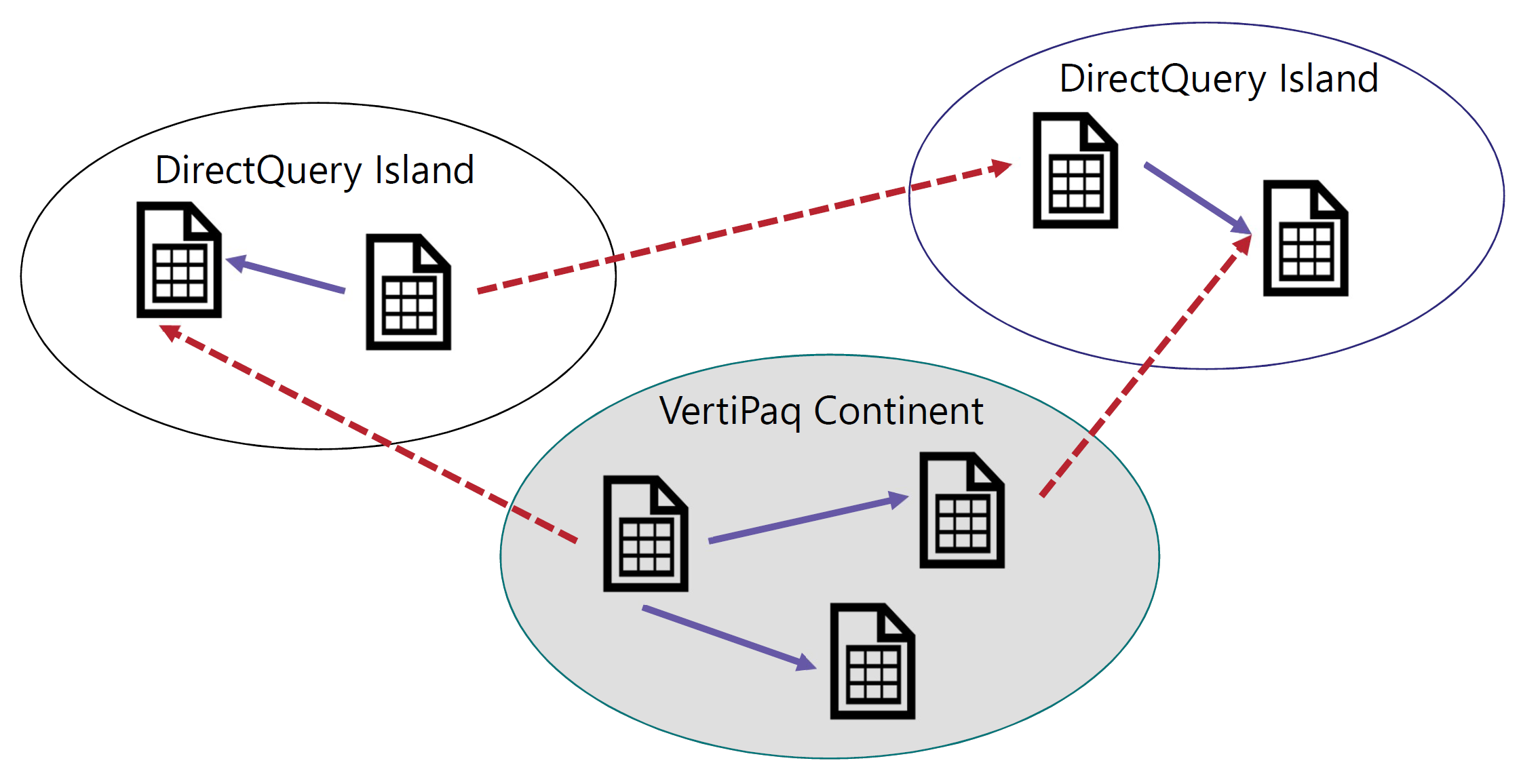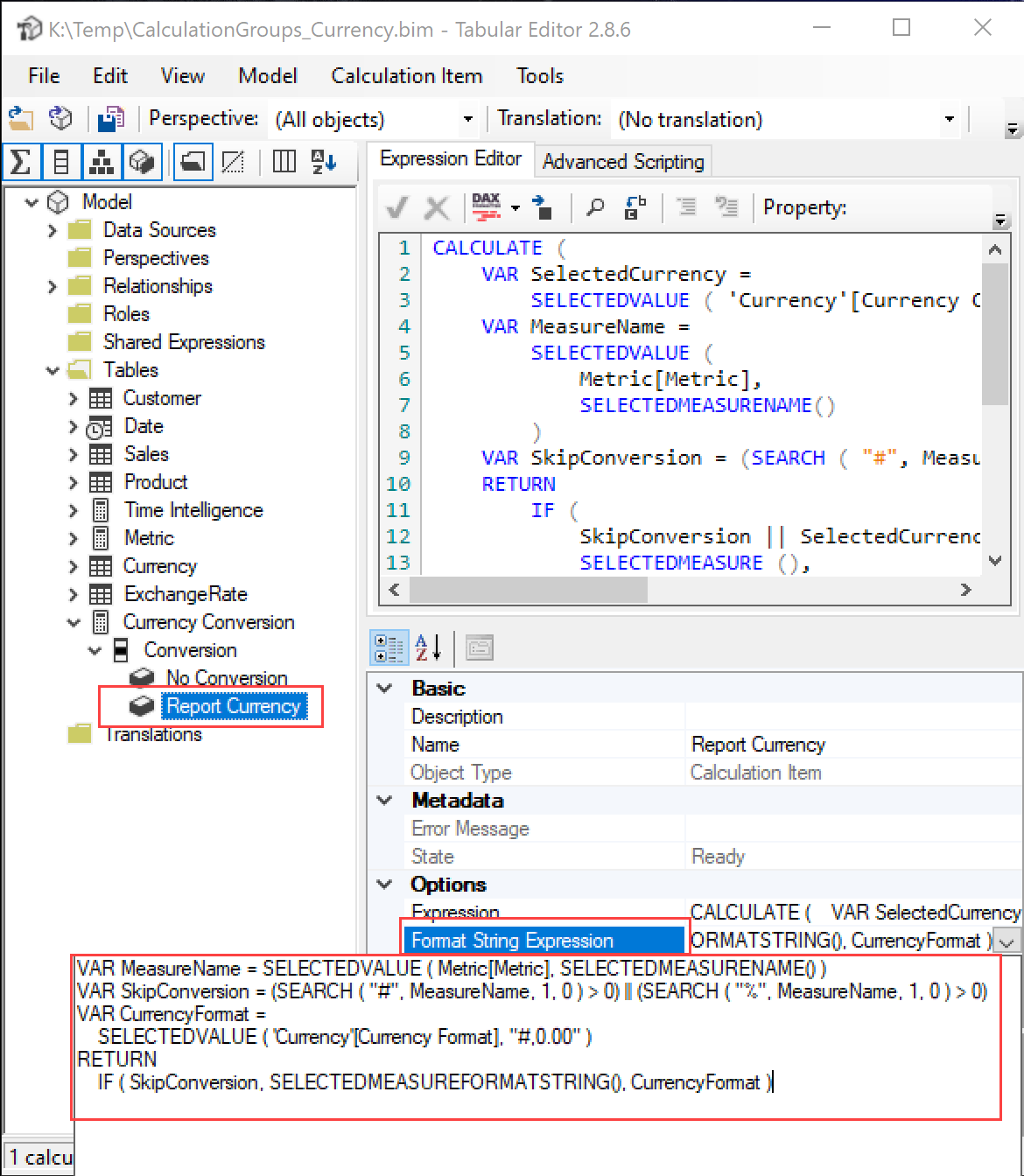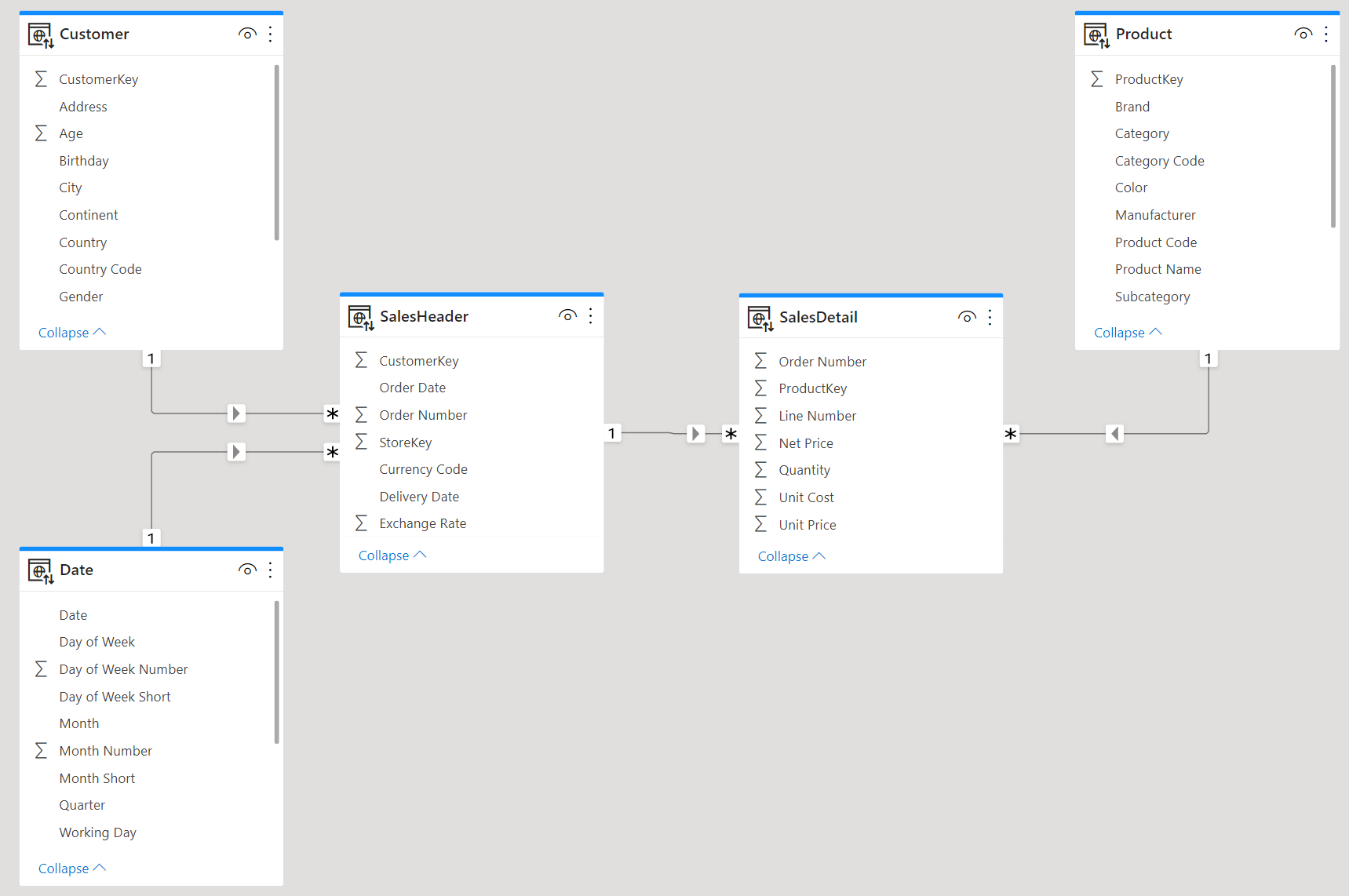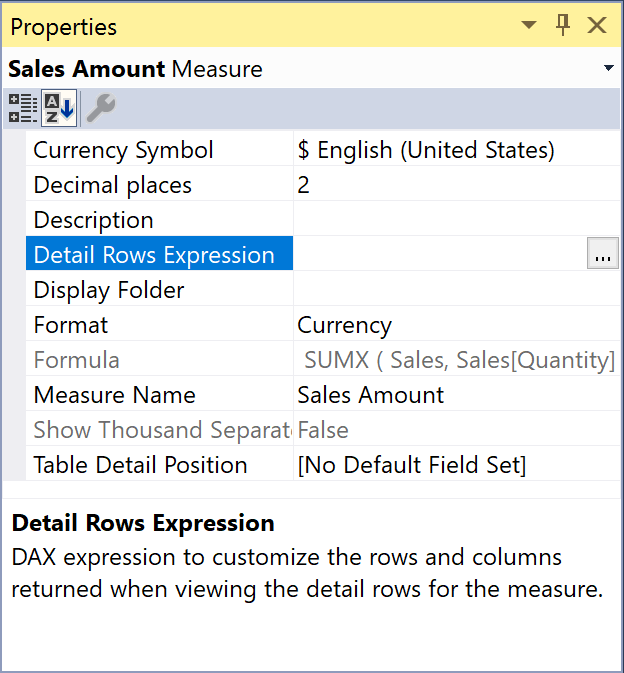-
This article describes how to display the filter context applied to a calculation using a special DAX measure in Power BI Tooltips. Read more
-
There are two options to model many-to-many relationships using Tabular and Power BI: you can use either a regular bidirectional filter relationship, or a limited unidirectional relationship. In this article, we compare the performance of both options. Read more
-
This article describes how to enable the Single Value slicer option in Power BI by adding additional metadata to the model with Tabular Editor. Read more
-
This article describes the improved server timings features in DAX Studio 2.17 to analyze the parallelism of storage engine operations. Read more
-
This article describes the types of relationships available in Power BI and Analysis Services, clarifying the differences in cardinality and filter propagation of physical relationships. Read more
-
Though you can build real-time reports with DirectQuery, push datasets offer a more scalable, economical, and effective solution especially when combined with an Import model already in place. In this article we introduce the architecture of push datasets. Read more
-
This article describes how to control format strings in calculation groups. Before starting, we suggest you read the previous articles in this series. Read more
-
In this article we perform a performance comparison between header/detail models and star schemas. Building a star schema might require a few ETL steps and some coding. Nonetheless, it is always the best modeling option. Read more
-
January 16, 2014 was the day we at SQLBI sent out our first newsletter. We had less than 8,000 subscribers back then. We went on to send newsletters out every other week for more than seven years, always trying to… Read more
-
The Detail Rows Expression in a Tabular model provides the user with control over the drillthrough results obtained by showing details of a measure. This article describes typical DAX expressions you can use in this property. Read more
